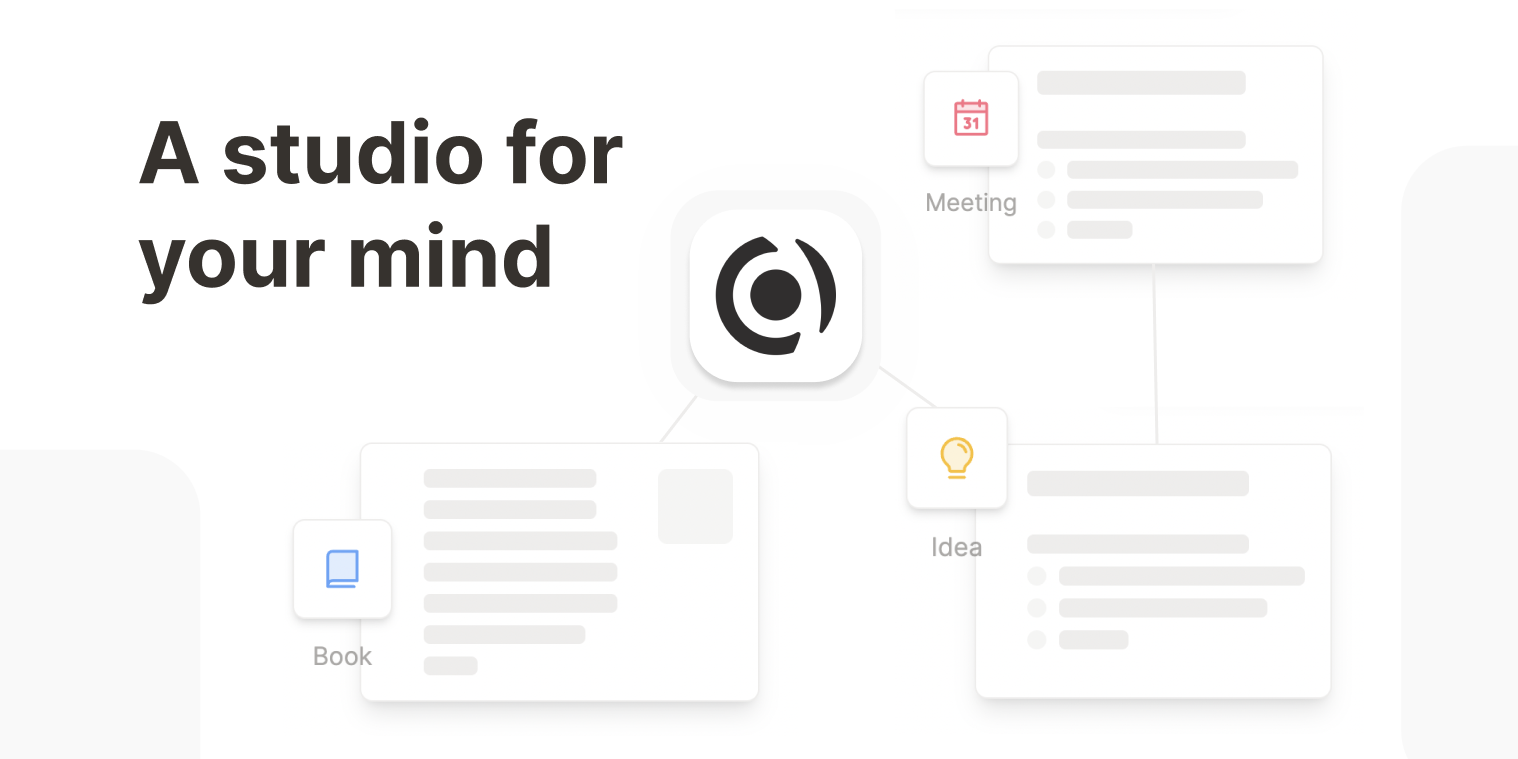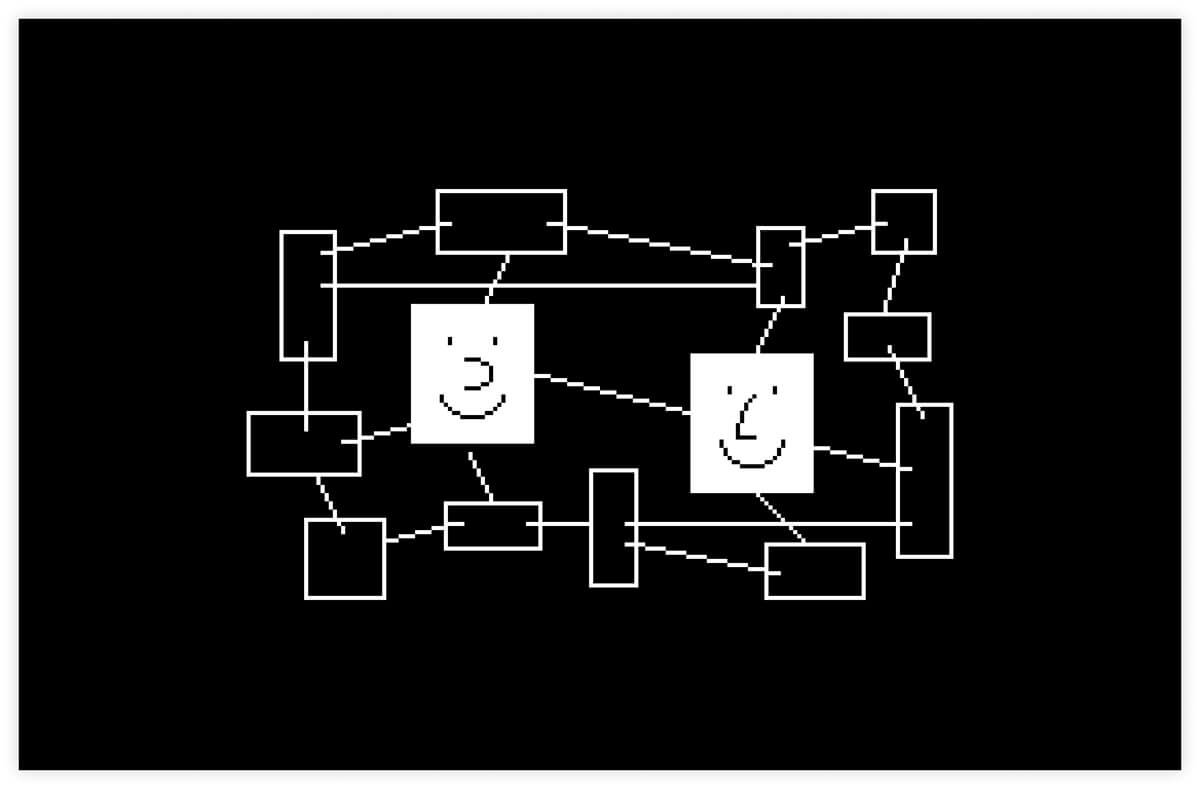- Tool Digest
- Posts
- Organize Your Note-Taking using Objects: A Unique Note System
Organize Your Note-Taking using Objects: A Unique Note System
Taking a peek into the world of object-based note-taking tools and how they work.
This week, we explore the growing note-taking system designed to organize your notes as objects before you add even a word to the note. These tools are relatively new, but we could see this concept evolve into note-taking apps.
Brought to you by Morgen

Morgen is a power all-in-one planner app
Like Mayday, Morgen is a powerful all-in-one planner that combines calendars, tasks, projects, and scheduling. It layers in smart automation to seamlessly protect and manage your time.
What is Object-Based Note-Taking?
Note-taking apps commonly just allow you to add notes of any kind. Notes on a person, notes on a meeting, notes on a book you’re reading. Object-based note-taking just means that before you start the note.

Anytype
Why use Object-Based Notes?
Objects are pre-determined templates for note-taking.
This is helpful for every time you start a note, the system will allow you to provide the perfect base for the notes you’re taking with the correct properties instantly. Saving time and effort in the process.

Capacities
This likely takes time to set, up for the best results, but when it comes to the future of AI, this type of structure when using a notes app could be very powerful as an AI system would understand the context of the note, without the need to ask or determine that from a series of note checks.
What Note-Taking Apps Use Objects?
Currently, two main note-taking apps use objects in their notes app.
🌿 Capacities
🔖 Anytype
Both of these applications are getting picked up as good note apps with people enjoying this concept.
Will we see this in tools like Notion?
Potentially. Note-taking apps need to evolve, but I’m sure there’s a way around object-based note-taking inside of Notion with auto-tagging that would backdate all of your databases and how you use them allowing you to create a better library of data inside of Notion for an LLM to train better on.
Here’s how Anytype has done this in practice:

